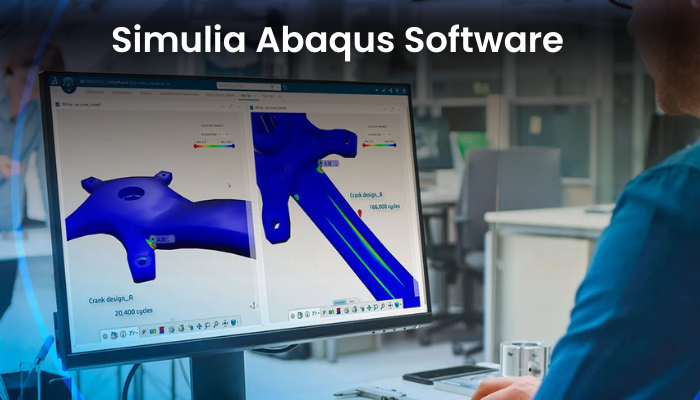Types of PLAXIS Software

Strong 8k brings an ultra-HD IPTV experience to your living room and your pocket.
Plaxis Software:
Plaxis Software is a finite element tool for geotechnical engineering and geology that analyzes soil and rock deformation, stability, and groundwater movement. The initial version of Plaxis software was released in 1980 and was created by a team of researchers at Delft University Technology in the Netherlands.
This software aims to tackle problems including deformation analysis, stability analysis, groundwater flow, and soil-structure interaction.
Types of Plaxis Software
There are two types of Plaxis software. Plaxis 2D and Plaxis 3D are useful tools for analyzing various geotechnical engineering challenges.
Plaxis 2D Software:
Plaxsi 2D is a finite element software. It is specifically intended for 2D movement and stability in geotechnical engineering. It is used to represent soil and rock behavior under different loading situations, as well as soil-structure interactions in a planar strain or axisymmetric environment.
Plaxis 3D Software:
Plaxis 3D is finite helmet software that is used to analyze 3D data in geotechnical engineering. It manages complex 3D (three-dimensional) problems while also providing superior 2D capabilities that provide deep images with greater details in geotechnical challenges.
Become an expert in the PLAXIS Software
PLAXIS Software Live Certification Training Program, Get hands-on training from Industry Professionals.
Difference Between Plaxis 2D and Plaxis 3D Software:
Here are the main differences between Plaxis 2D and Plaxis 3D
Dimensionality:
Plaxis 2D is specifically developed for two-dimensional analysis. It addresses geotechnical and loading challenges, such as plane strain or axisymmetric problems.
Plaxis 3D: In Plaxis 3D, the feature in 2D expands into 3D. It addresses the extremely complex subject of geotechnical and loading issues in 3D analysis.
Applications:
Plaxis 2D is used in foundation design to analyze deep foundations, footings, and piles under different loading conditions, slope stability to analyze the stability of slopes, embankments, and retaining walls, tunnel to analyze the behavior of tunnels, shafts, and deep excavations, and ground improvement for soil stabilization and reinforcement.
Plaxis 3D: It demands a precise 3D description of the physical interaction between soil and structures and inspects deep tunnels and under constructions with complicated geometry.
Meshing:
Plaxis 2D: Offers a 2D finite element mesh ideal for axisymmetric geometries and flat strains. It supports Triangle and rectangle element types in 2D.
Plaxis 3D: Provide a 3D finite element mesh that accurately depicts complicated geometries and soil structure. It provides hexahedral and hexagonal 3D element types.
User Interface:
Plaxis 2D: It includes a straightforward interface for configuring the model, adding boundary conditions, and visualizing the results that are specific to 2D problems.
Plaxis 3D has the same user interface, but it includes additional tools for managing complicated geometries and volumetric data that are specifically developed for 3D modeling and analysis.
Conclusion:
Plaxis is a powerful and versatile geotechnical analysis tool that may be used to tackle a wide range of geotechnical engineering problems, including slope stability, base design, and more. Users can efficiently utilize Plaxis to achieve highly precise and reliable results in geotechnical engineering assignments by following the detailed steps and best practices outlined in this manual. PIGSO LEARNING strives to provide a complete training program for engineering students, research scholars, and professionals.
Note: IndiBlogHub features both user-submitted and editorial content. We do not verify third-party contributions. Read our Disclaimer and Privacy Policyfor details.







